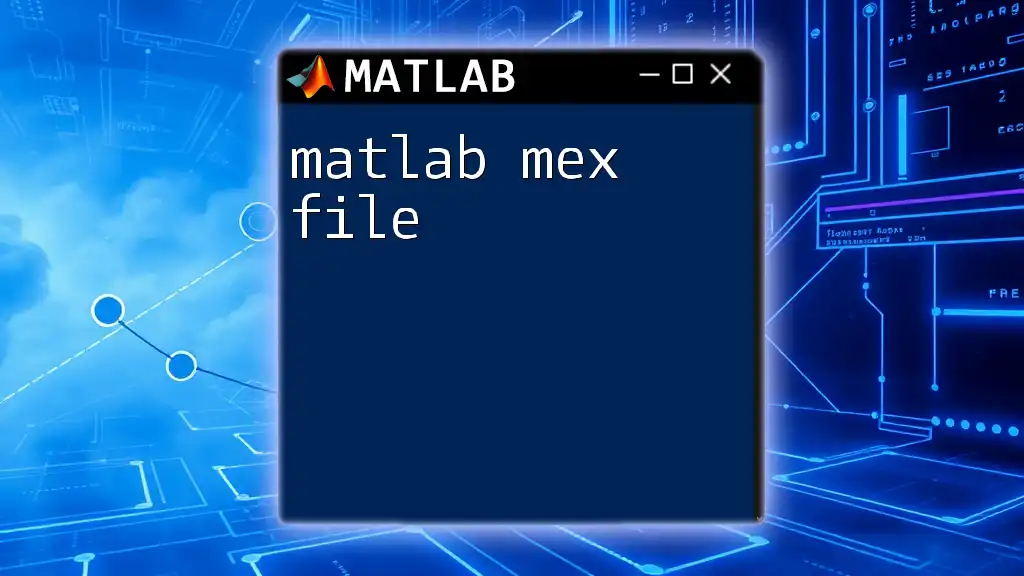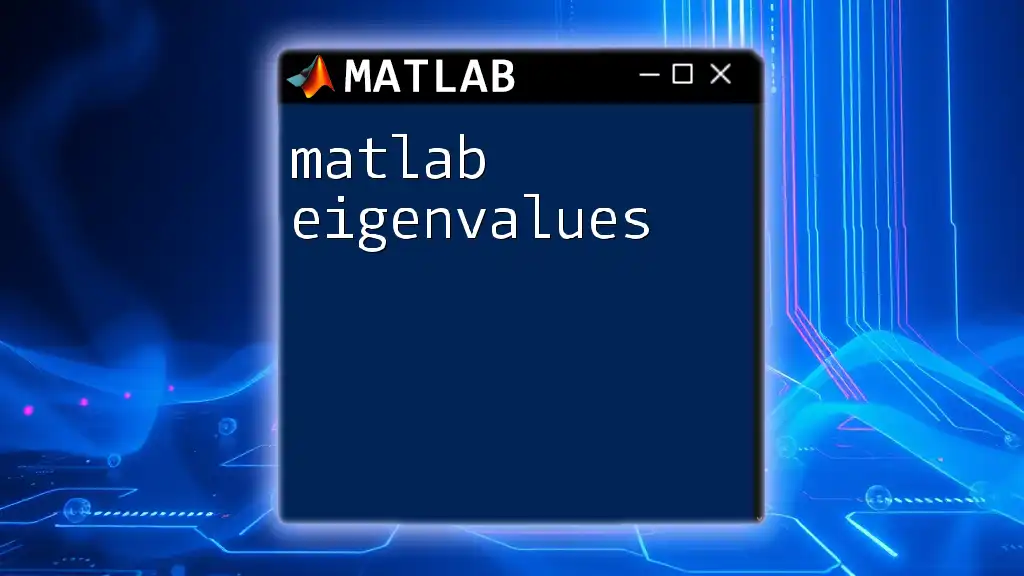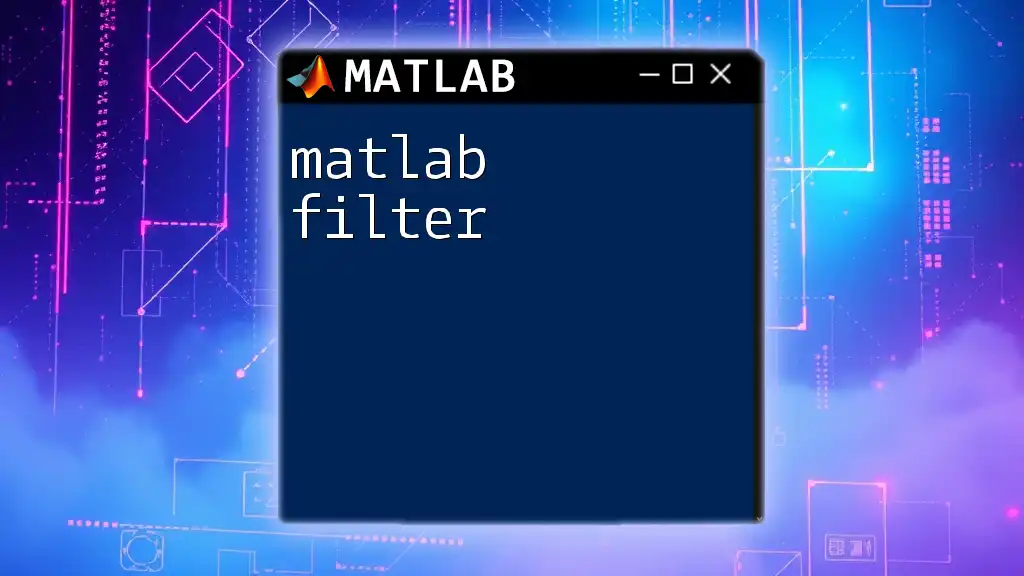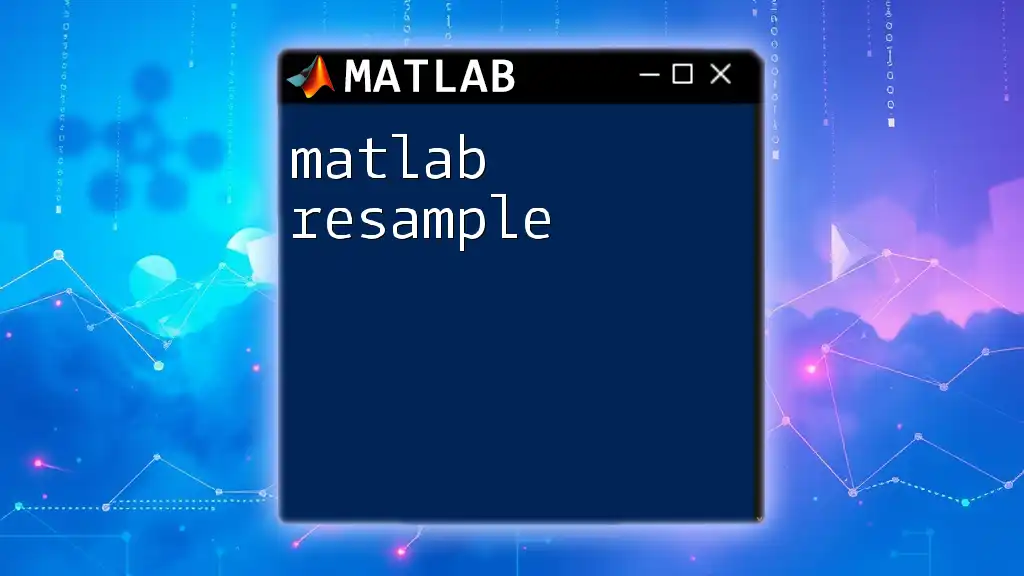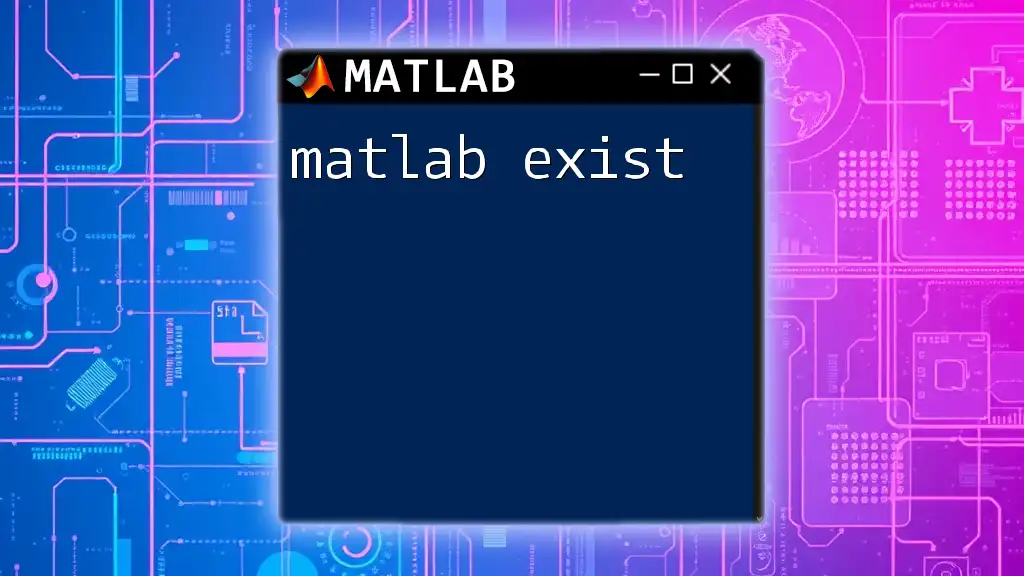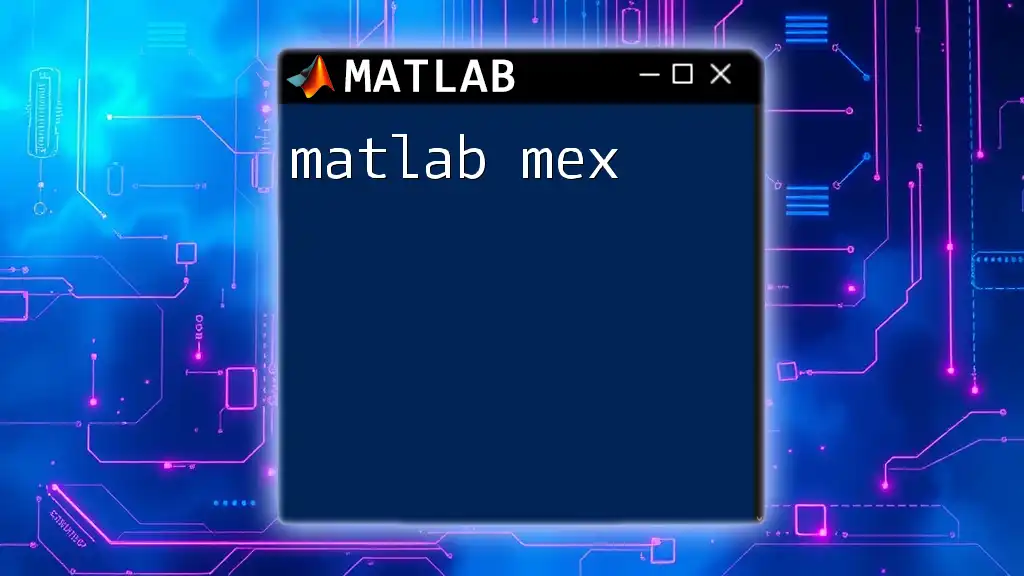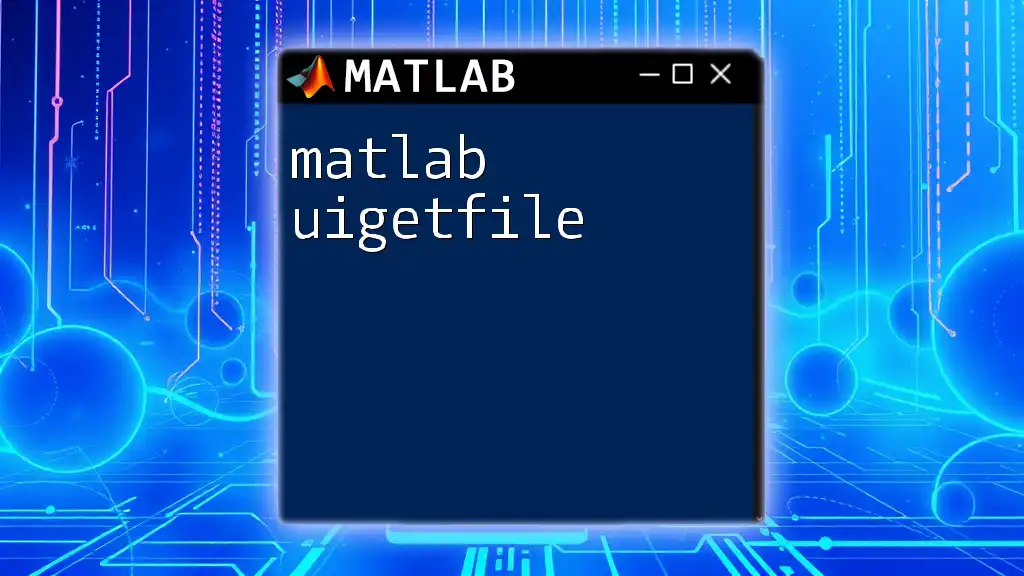A MATLAB MEX file is a dynamically linked subroutine that is written in C, C++, or Fortran, allowing you to execute compiled code directly in MATLAB for improved performance.
Here’s a quick example of how you can create and call a simple MEX file in MATLAB:
1. Create a MEX file (e.g., `hello_mex.c`):
#include "mex.h"
void mexFunction(int nlhs, mxArray *plhs[], int nrhs, const mxArray *prhs[]) {
mexPrintf("Hello from MEX file!\n");
}
2. Compile the MEX file in MATLAB:
mex hello_mex.c
3. Call the MEX function in MATLAB:
hello_mex
What is a MEX File?
A MEX file, or MATLAB Executable, is a dynamic link library that allows users to integrate C or C++ code with MATLAB. This powerful feature enhances MATLAB's capabilities, enabling users to execute compiled code, thus significantly improving performance especially when dealing with computationally intensive tasks.
Benefits of Using MEX Files
- Speed: MEX files usually offer faster execution than interpreted MATLAB functions due to the compiled nature of C/C++.
- Access to Libraries: Users can leverage existing C/C++ libraries, which can be particularly useful in fields like scientific computing, image processing, and numerical analysis.
- Enhanced Functionality: MEX files allow the implementation of complex algorithms that may not be easily achievable with MATLAB's built-in functions.
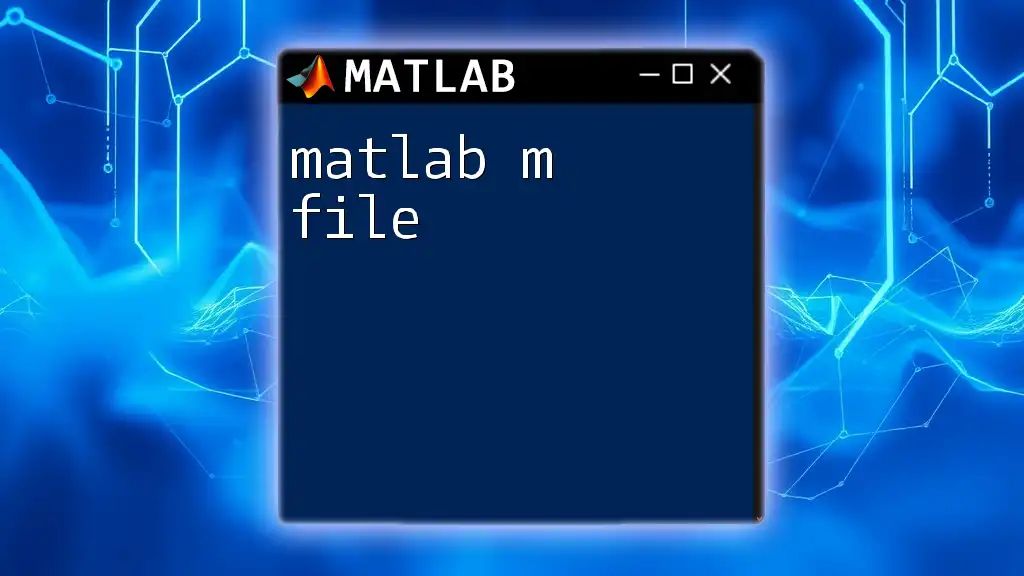
Use Cases for MEX Files
MEX files are ideal in scenarios where performance is critical or when direct access to lower-level system features is required. Typical applications include:
- Performance Optimization: In situations where large datasets need fast processing, implementing algorithms in C/C++ and calling them as MEX files can lead to substantial time savings.
- Integration with Existing C/C++ Algorithms: If there's an already developed piece of code in C/C++, encapsulating it as a MEX file allows its seamless use within the MATLAB environment.
- Signal Processing and Mathematical Computation: Common in fields like robotics, simulations, and statistical analysis, where high-speed computation is essential.
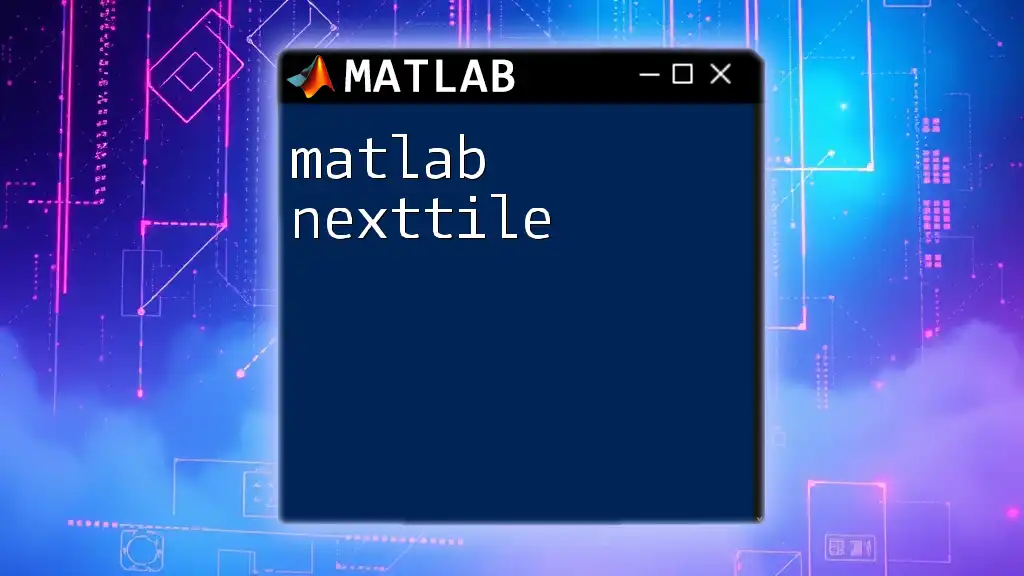
Setting Up Your Environment for MEX Files
Prerequisites for Creating MEX Files
Before diving into MEX file creation, ensure that your environment is properly set up:
- MATLAB: An installation of MATLAB is necessary, as it serves as the interface for executing your MEX files.
- C/C++ Compiler: MATLAB requires a compatible C/C++ compiler to compile MEX files. Familiarize yourself with the list of supported compilers for your operating system (Windows, macOS, or Linux).
Configuring the Compiler
Configuring the compiler is a straightforward process:
- Launch MATLAB and execute `mex -setup` command to initiate the configuration process.
- Follow the command line prompts to select your compiler. MATLAB will notify you if any conflicts arise.
- Once the configuration is finished, you can verify setup success by running `mex -setup cc` for C or `mex -setup cpp` for C++.
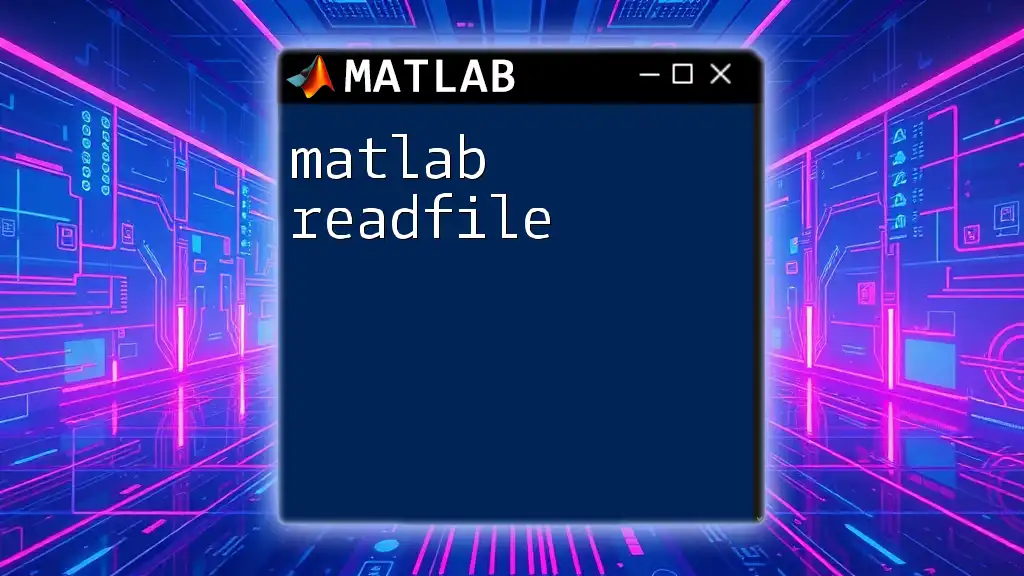
Creating Your First MEX File
Writing the C/C++ Code
Creating your MEX file begins with writing the C/C++ code. A basic template is as follows:
#include "mex.h"
void mexFunction(int nlhs, mxArray *plhs[], int nrhs, const mxArray *prhs[]) {
// Example code block
plhs[0] = mxCreateDoubleScalar(42); // Output
}
In this template, the `mexFunction` is the entry point executed when the MEX file is called from MATLAB.
Compiling the MEX File
Once the code is ready, it must be compiled. In the MATLAB command window, simply use the following command to compile your MEX file:
mex myFirstMexFile.c
This command instructs MATLAB to build the `myFirstMexFile.mex` based on your provided `.c` file.
Testing the MEX File in MATLAB
After compilation, it's time to test the functionality of your MEX file. Simply invoke it as you would with any MATLAB function:
output = myFirstMexFile();
disp(output); % Should display 42
This command should return `42`, confirming that your MEX file is working as intended.
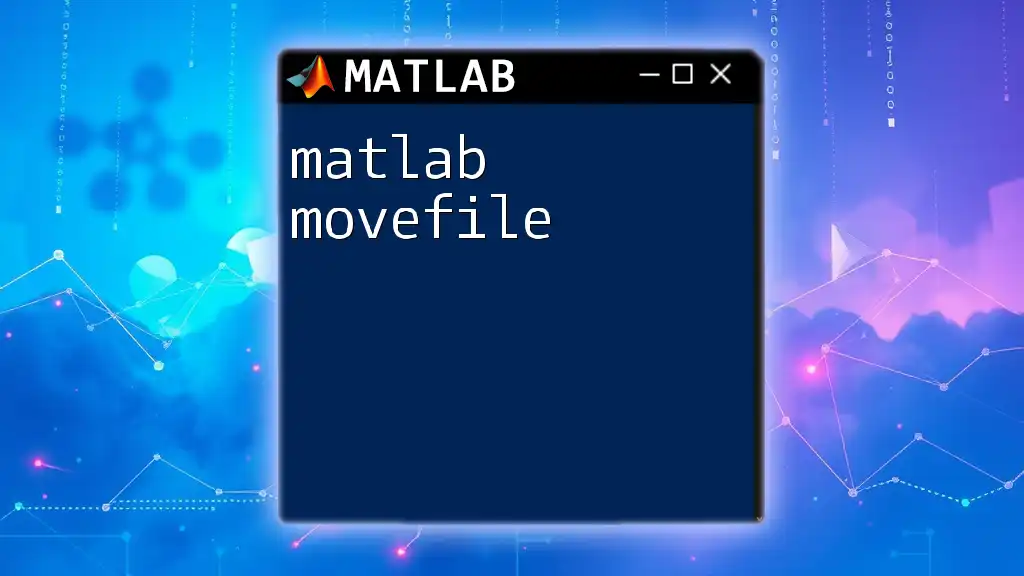
Advanced MEX File Features
Handling Multiple Inputs and Outputs
When writing MEX files, it is often necessary to manage multiple inputs and outputs. In C/C++, the functions can accommodate various parameters and return multiple outputs:
if (nrhs < 2) {
mexErrMsgIdAndTxt("MyToolbox:arrayProduct:nrhs", "Two inputs required.");
}
In the above snippet, the code checks if the necessary inputs are provided, enhancing user feedback for erroneous calls.
Memory Management in MEX Files
Effective memory management is crucial for writing robust MEX files. This includes allocating and freeing memory correctly to prevent leaks:
double *array = mxMalloc(n * sizeof(double));
// ... Perform operations
mxFree(array);
Using `mxMalloc` allows for dynamic memory allocation while `mxFree` ensures that allocated memory is properly released once it is no longer needed.
Debugging MEX Files
Debugging MEX files can sometimes present challenges. Common errors include configuration problems or incorrect data types. Utilization of MATLAB’s built-in debugging functions, such as `dbmex`, can assist in identifying and rectifying issues within your MEX code.
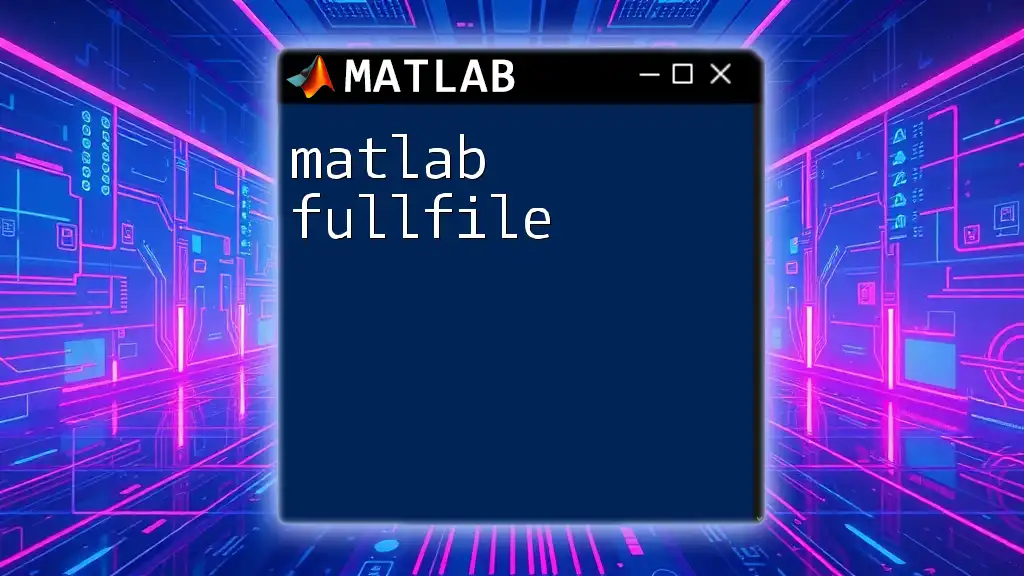
Optimizing MEX File Performance
Techniques for Performance Enhancement
Ensure the efficiency of your MEX functions by utilizing profiling tools. The MATLAB `profile` command allows users to analyze time consumption across functions, enabling targeted optimizations where necessary.
When to Use MEX Files vs. Native MATLAB
Consider using MEX files over native MATLAB functions predominantly in decisive scenarios like:
- Heavy computational workloads, where call overhead and execution time substantially impact performance.
- Repetitive tasks that can be optimized through efficient algorithms in C/C++.
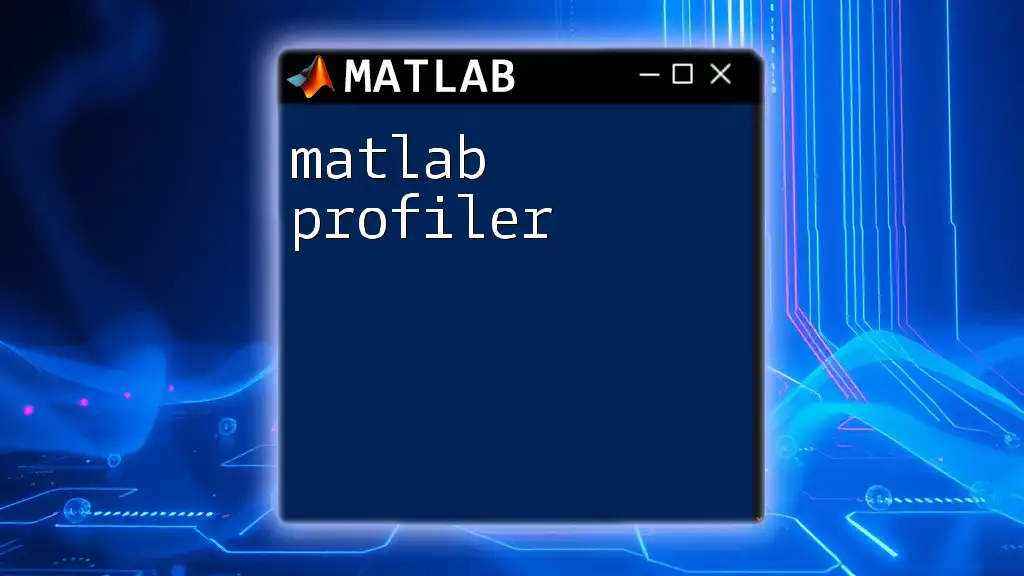
Example Applications of MEX Files
Image Processing: A MEX File Example
Suppose you're working in image processing. A MEX file can be created to apply filters or transformations efficiently, improving processing times significantly compared to standard MATLAB implementations.
Mathematical Operations in MEX Files
To illustrate matrix operations, one could implement a MEX file that performs a matrix multiplication far faster than using native MATLAB functions, especially with larger matrices.
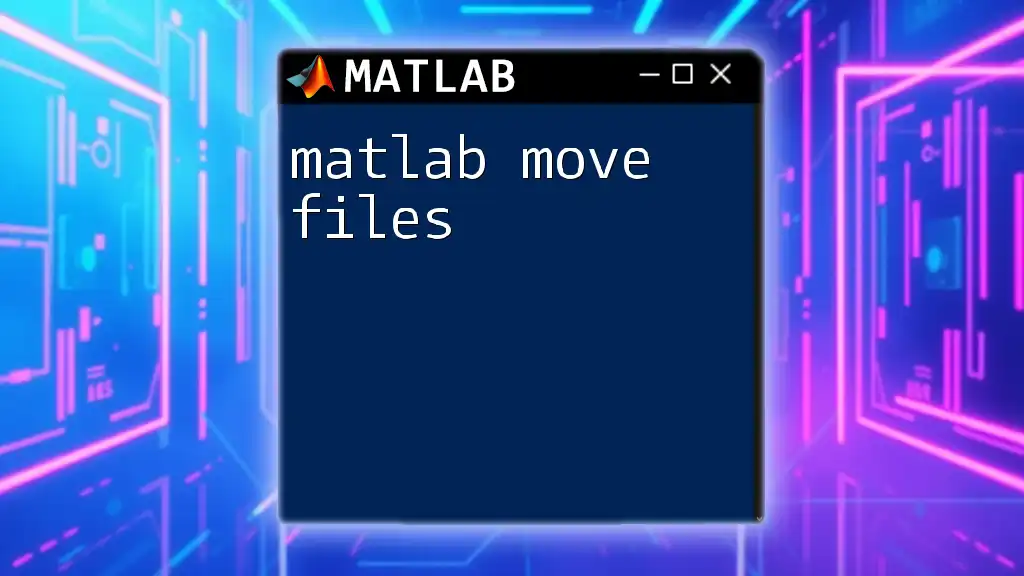
Common Pitfalls and Troubleshooting
Frequent Errors Encountered
Errors such as compilation issues, incorrect argument counts, or datatype mismatches are commonplace. Take care to read error messages thoroughly; they often suggest specific fixes.
Best Practices for Working with MEX Files
Maintaining clean coding standards—such as descriptive commentaries, functioning beyond mere hardcoding, and writing comprehensive tests—ensures your MEX files remain maintainable and effective over time.
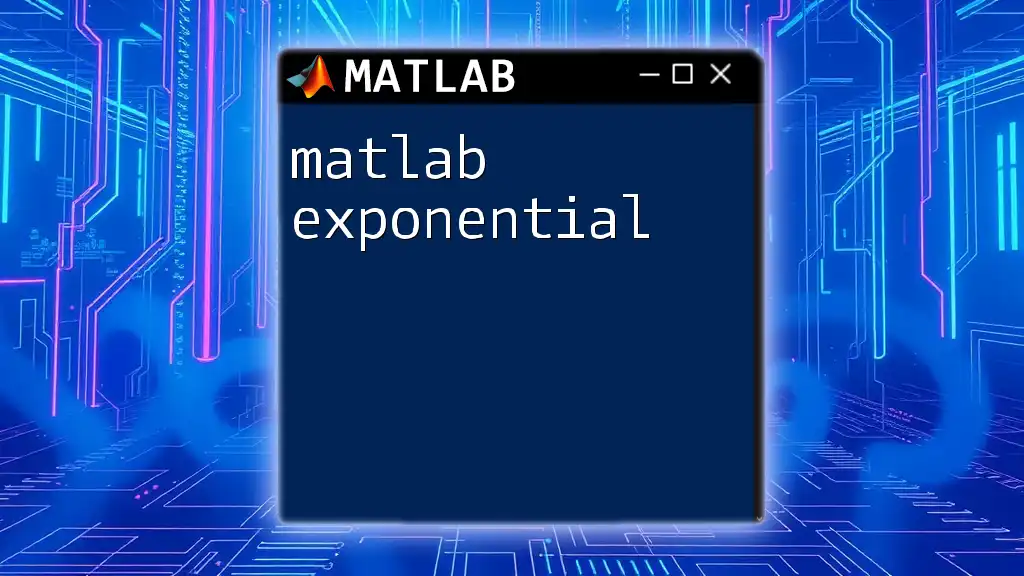
Conclusion
The MATLAB MEX file capabilities significantly enhance the performance of computationally intensive tasks by utilizing the speed of C/C++. MEX files serve as a bridge, allowing users to integrate their custom algorithms seamlessly within the MATLAB environment while providing vast opportunities for optimization and functionality expansion. By understanding and employing these techniques, users can take their MATLAB skills to the next level.

